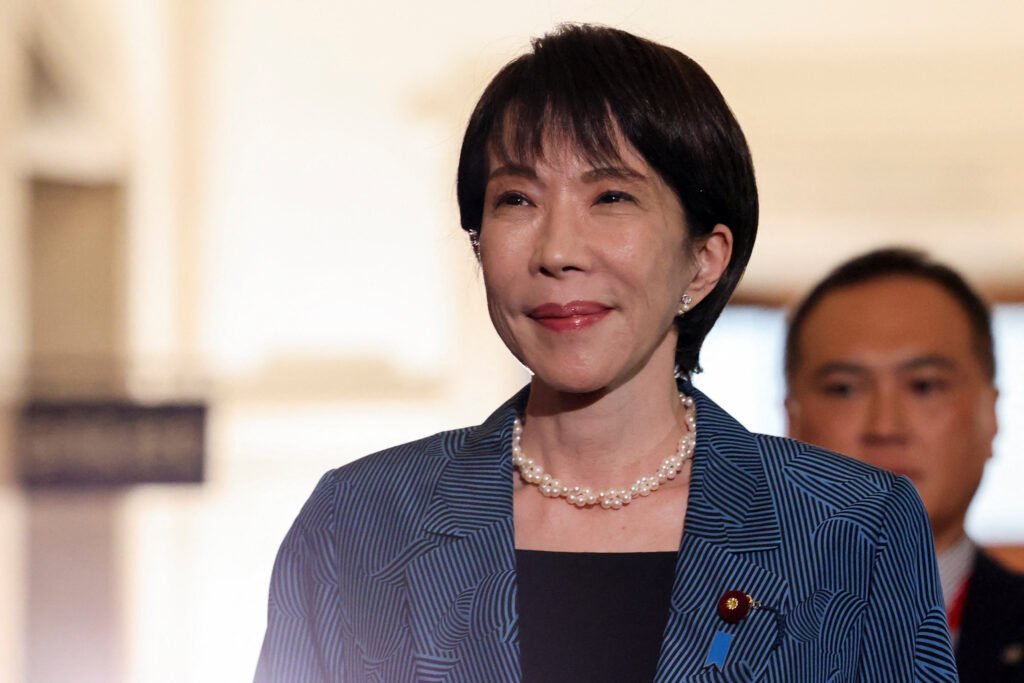WEBDESK – Imran Malik – MediaBites – October 21, 2025
Japan made history as Sanae Takaichi was elected the nation’s first female prime minister after securing a decisive 237 votes in the Lower House, comfortably surpassing the simple majority needed to assume office.
Takaichi’s rise marks a symbolic moment in Japanese politics long dominated by men and political dynasties. The Liberal Democratic Party (LDP) lawmaker, known for her conservative views, is seen as both a historic and polarizing figure.
Analysts say Takaichi’s election reflects the ruling party’s effort to re-energize its conservative base, some of whom had shifted their support to the far-right Sanseito Party after it gained traction in recent upper house elections.
While Japan’s feminists may not embrace Takaichi’s policies, many agree that her ascent sends a powerful message. As Kathy Matsui, who coined the term Womenomics, once said, “You cannot be what you cannot see.”
Takaichi’s personal journey adds to her appeal. Born into a non-political family, she had to fund her own university education after her parents discouraged higher studies for a girl. Over the years, she has spoken candidly about her fertility struggles, her role in raising her husband’s three children, and her recent challenge of caring for her ailing spouse following his stroke.
In a country where many leaders are the sons, grandsons, or great-grandsons of past politicians, Takaichi’s independent climb up Japan’s political ladder has earned her quiet respect, even from critics.
However, her premiership begins amid mounting public distrust in the LDP following a fundraising scandal implicating senior members. Rebuilding faith in the party and addressing Japan’s economic struggles will be her most pressing challenges.
It’s worth noting that this was not a direct public election — lawmakers within the parliament chose Japan’s new leader. Still, for millions watching, Takaichi’s victory marks a historic step forward for representation and possibility in Japan’s political future.


